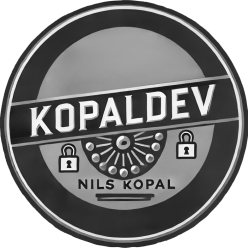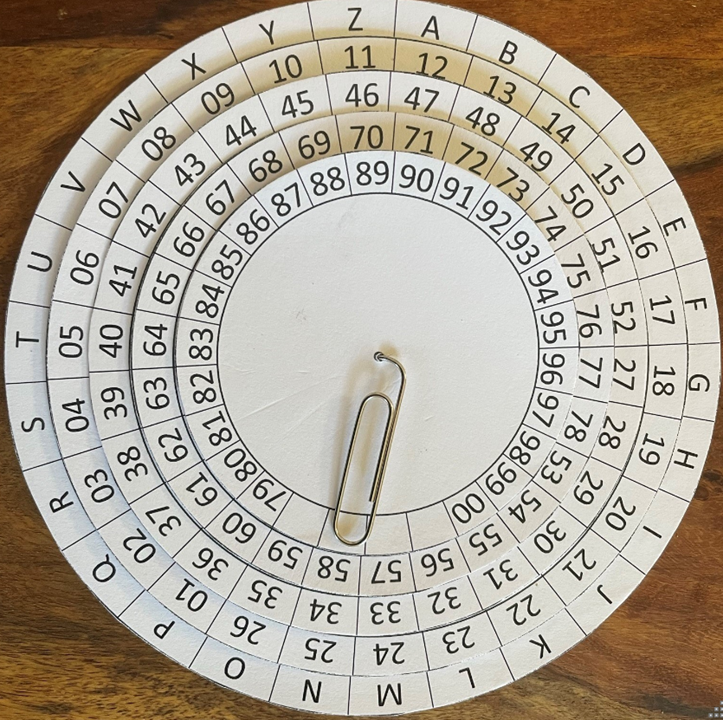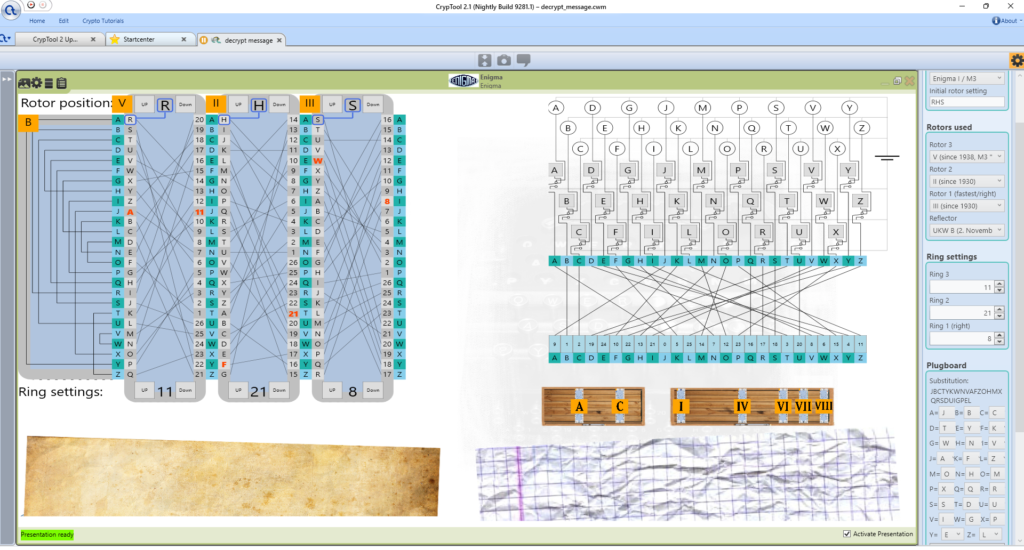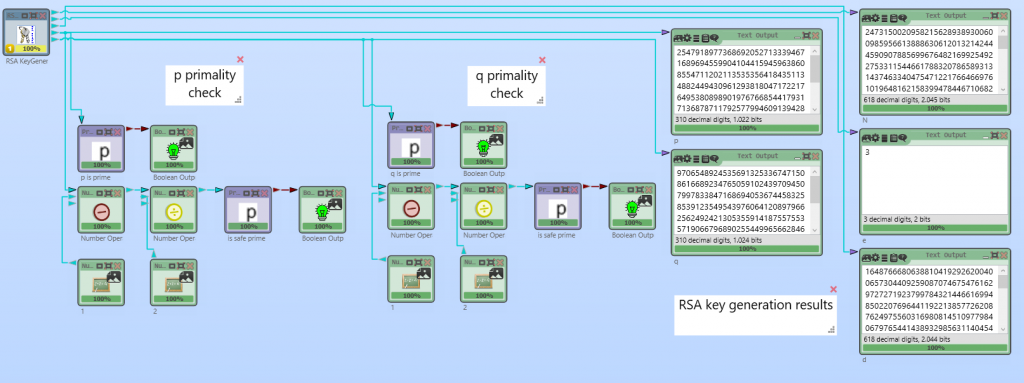Francis Bacon was the 1st Viscount St Alban and lived from the 22nd January 1561 until the 9th April 1626. He was an English philosopher and statesman. Also, Bacon is seen as one of the fathers of modern science.

Despite that, he invented the after him named “Bacon cipher”, which is actually not a cipher but a steganographic method. It was published after his death in the book “Of the Advancement and Proficience of Learning or the Partitions of Sciences IX Bookes” (Bacon , Francis (1640) translated by Gilbert Wats, Oxford University. On pages 257 up to 271, you can read the “original” description of Bacon’s cipher. A digitized version of the book can be found here: https://www.biodiversitylibrary.org/item/86617#page/384/mode/1up
How Does the “Cipher” Work?
As mentioned above, the Bacon cipher is not a real cipher but it is a steganographic method. Bacon used it to hide secret texts within unsuspicious carrier texts. To do so, he used a “biliteral (hand-written) alphabet”.
His first step was to encode the plaintext using a code table:

For example, if you want to encode and then hide “HELLO WORLD”, you would do it like this:
First, you replace the “H” with “aabbb”, then you replace the “E” with “aabaa”, and so on:

Second, you hide the text using a bilateral alphabet. In our example here, the one alphabet uses bold letters and the other non-bold letters:

Here, you use the generated ab-pattern in the carrier text. We used non-bold letters for the “a”s and bold letters for the “b”s. The receiver has to reverse the order to obtain the hidden message. Clearly, we only transmit the carrier text and not the ab-pattern :-).
Bacon’s Original Cipher Alphabets

Bacon used two different styles of hand-written alphabets. On the right side here, you can see a copy of the page of Bacon’s book showing these alphabets. As we can see, there are two styles for all uppercase and lowercase alphabet letters.
When Bacon wanted to hide his AB-pattern(s) in the text, he used the one alphabet style for “A”s and the other alphabet style for “B”s.
A YouTube Video About the Bacon Cipher
I also made a video about the cipher and uploaded it to YouTube 🙂





